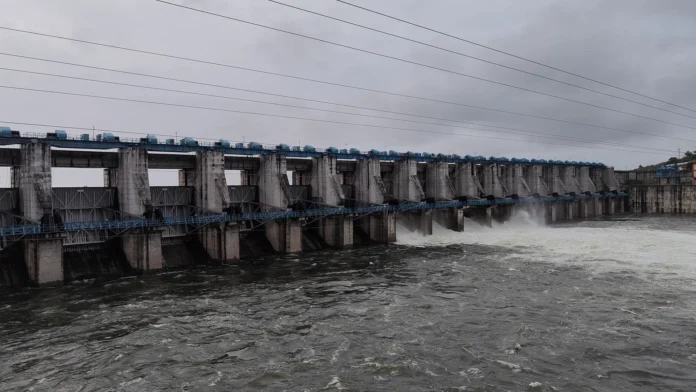In a noteworthy advancement, the district administration in Arunachal Pradesh has served formal notices to several government employees and Gaon Burahs (village headmen) for their involvement in ongoing anti-dam protests. The protests have been fueled by concerns over the construction of large hydropower projects in the state, which local communities argue could have devastating environmental, social, and cultural impacts. The government’s decision to take action against those involved in the protests has sparked further debate about the balance between development and the rights of local communities.
The Anti-Dam Protests
Arunachal Pradesh, with its vast river networks, has long been seen as a prime location for hydropower development. The state has significant potential for generating renewable energy, and several large dam projects have been proposed over the years. However, these projects have also been met with strong opposition from local communities, environmentalists, and activists who raise concerns about:
- Environmental Impact: The construction of large dams can disrupt ecosystems, lead to deforestation, and alter river courses, affecting local biodiversity and water availability for surrounding communities.
- Displacement of Indigenous Communities: Many of the dam projects are located in areas inhabited by indigenous tribes. Locals fear that large-scale construction could displace thousands of people and lead to the loss of ancestral lands and livelihoods.
- Cultural and Social Impact: The rivers and surrounding areas hold deep cultural significance for many indigenous tribes in Arunachal Pradesh. Protesters argue that the construction of dams could erode their cultural heritage.
In response to the growing opposition, the district administration has taken action by serving notices to government employees and Gaon Burahs who have been actively participating in the protests. The administration has emphasized that public servants and local leaders have a responsibility to uphold law and order and should refrain from engaging in activities that could disrupt governance.
Key points regarding the government’s actions include:
- Accountability of Public Servants: Government employees are expected to maintain neutrality and avoid participating in protests that challenge state policies. The notices served by the district administration stress this obligation.
- Role of Gaon Burahs: As traditional village leaders, Gaon Burahs hold influential positions in their communities. Their participation in anti-dam protests has been seen as significant, as they represent the voices of their people. The government’s notices seek to remind these leaders of their role in maintaining peace and supporting development initiatives.
- Legal Implications: Those who have been served notices may face disciplinary action if found to be violating government service conduct rules. This has added tension to the ongoing protests and raised concerns about the right to dissent.
Implications of the Notices
The district administration’s decision to serve notices has further fueled the debate surrounding the anti-dam movement in Arunachal Pradesh. Some of the key implications include:
- Escalation of Protests: The government’s move could lead to an escalation in protests, as communities may view the notices as an attempt to suppress dissent. This could result in larger demonstrations and calls for greater transparency in the decision-making process for dam projects.
- Impact on Local Leadership: The involvement of Gaon Burahs in the protests highlights the deep-rooted concerns of local communities. If the government continues to pressure traditional leaders, it may risk alienating these communities and creating a divide between local governance and state authorities.
- Public Perception: The action taken against government employees and Gaon Burahs has sparked a broader conversation about the role of public servants and community leaders in civil society movements. The tension between state development goals and the rights of individuals to voice concerns is a critical issue in Arunachal Pradesh’s ongoing hydropower debate.
The anti-dam protests in Arunachal Pradesh illustrate the complex challenge of balancing development and environmental conservation. While hydropower projects promise economic growth and energy security, they must also address the genuine concerns of local communities. Engaging in transparent dialogue, conducting comprehensive environmental impact assessments, and respecting indigenous rights will be crucial in finding a resolution.
The decision by Arunachal Pradesh’s district administration to serve notices to government employees and Gaon Burahs for their participation in anti-dam protests has intensified the ongoing debate surrounding hydropower projects in the state. As protests continue, the need for open communication between the government and local communities has become increasingly urgent.




